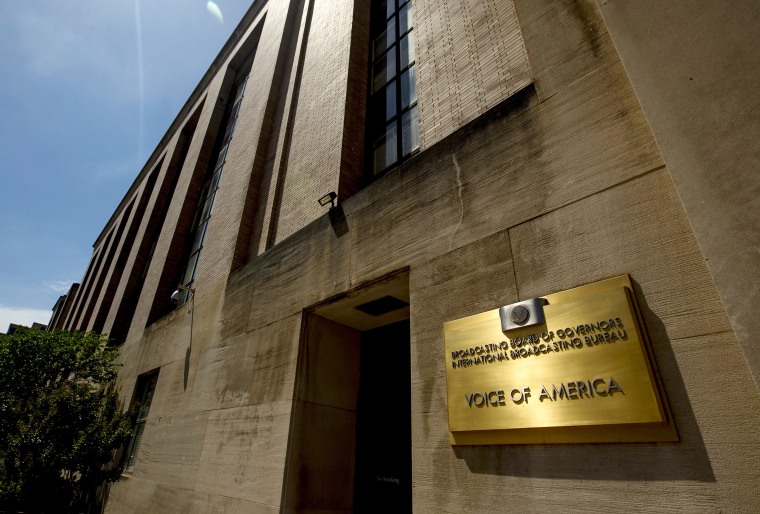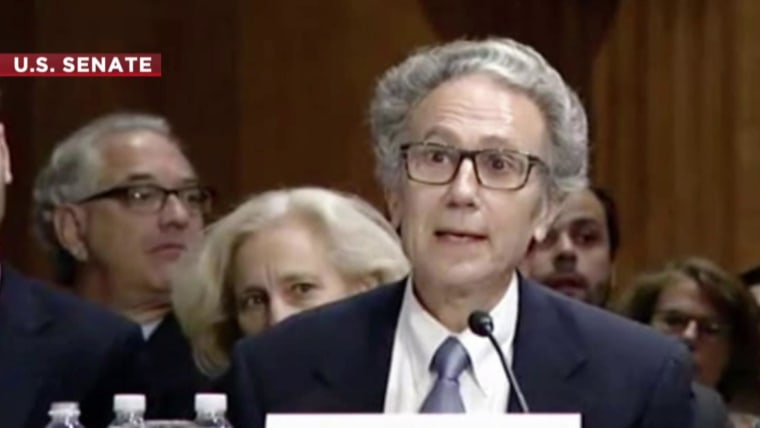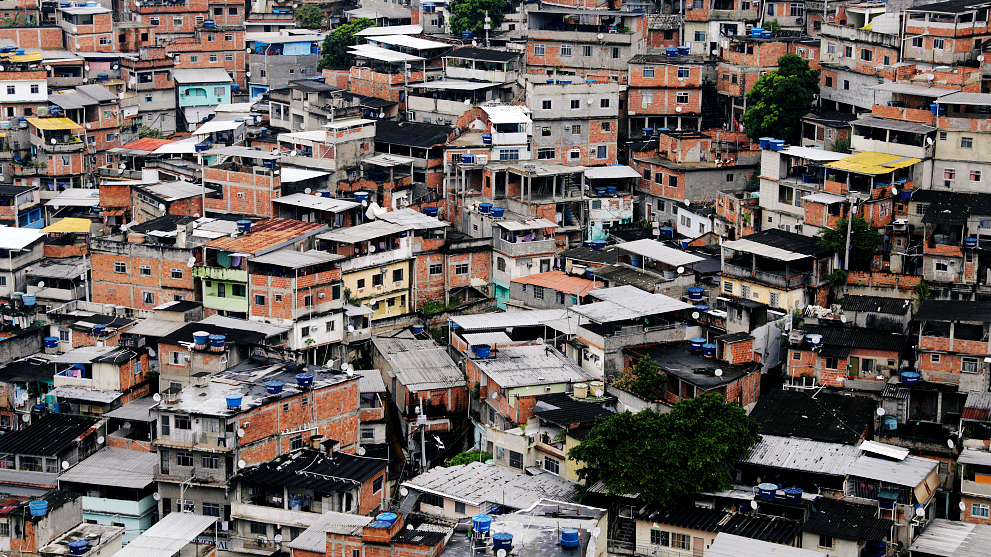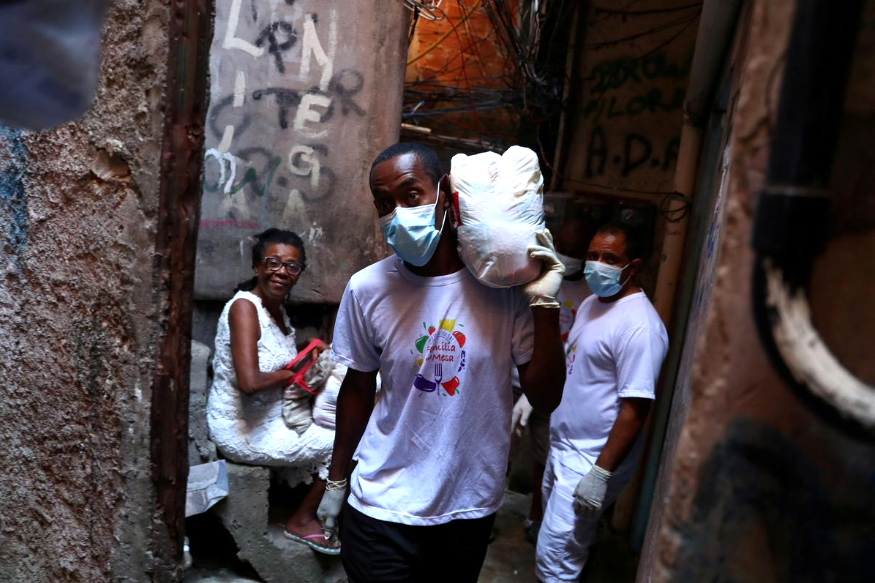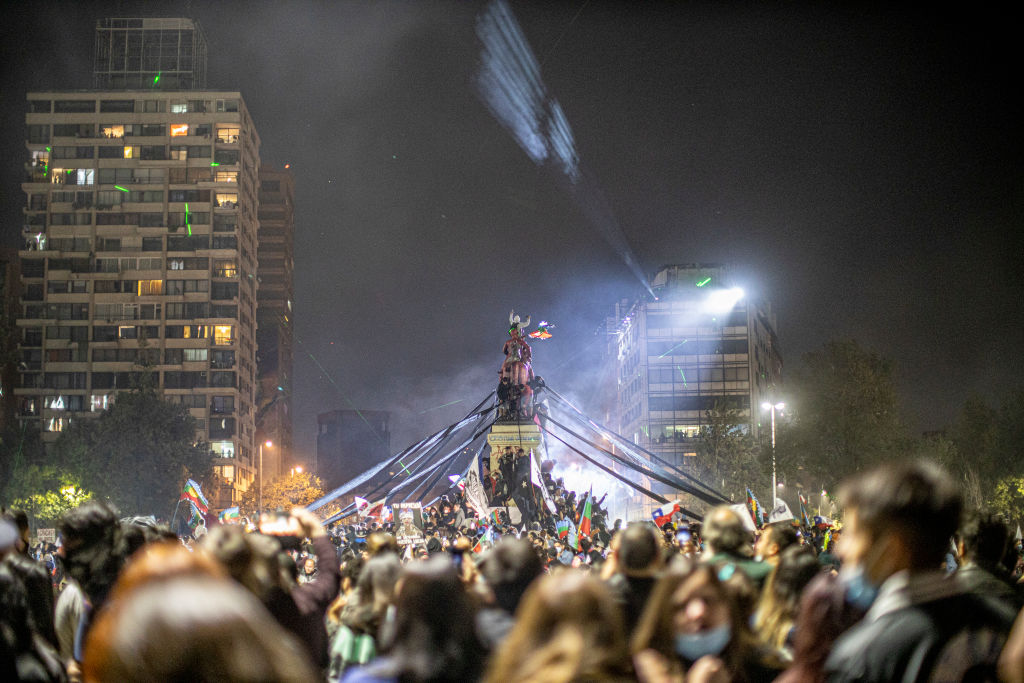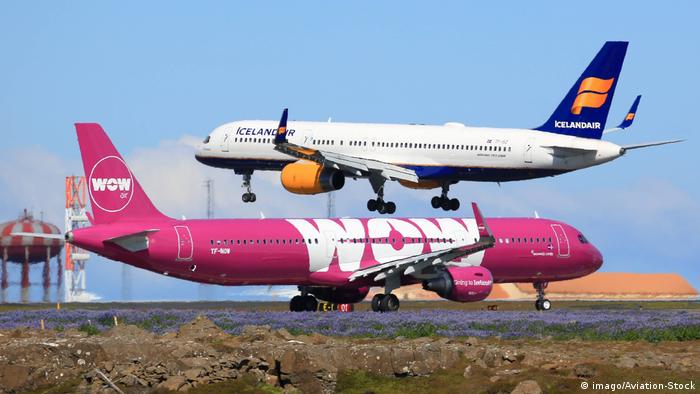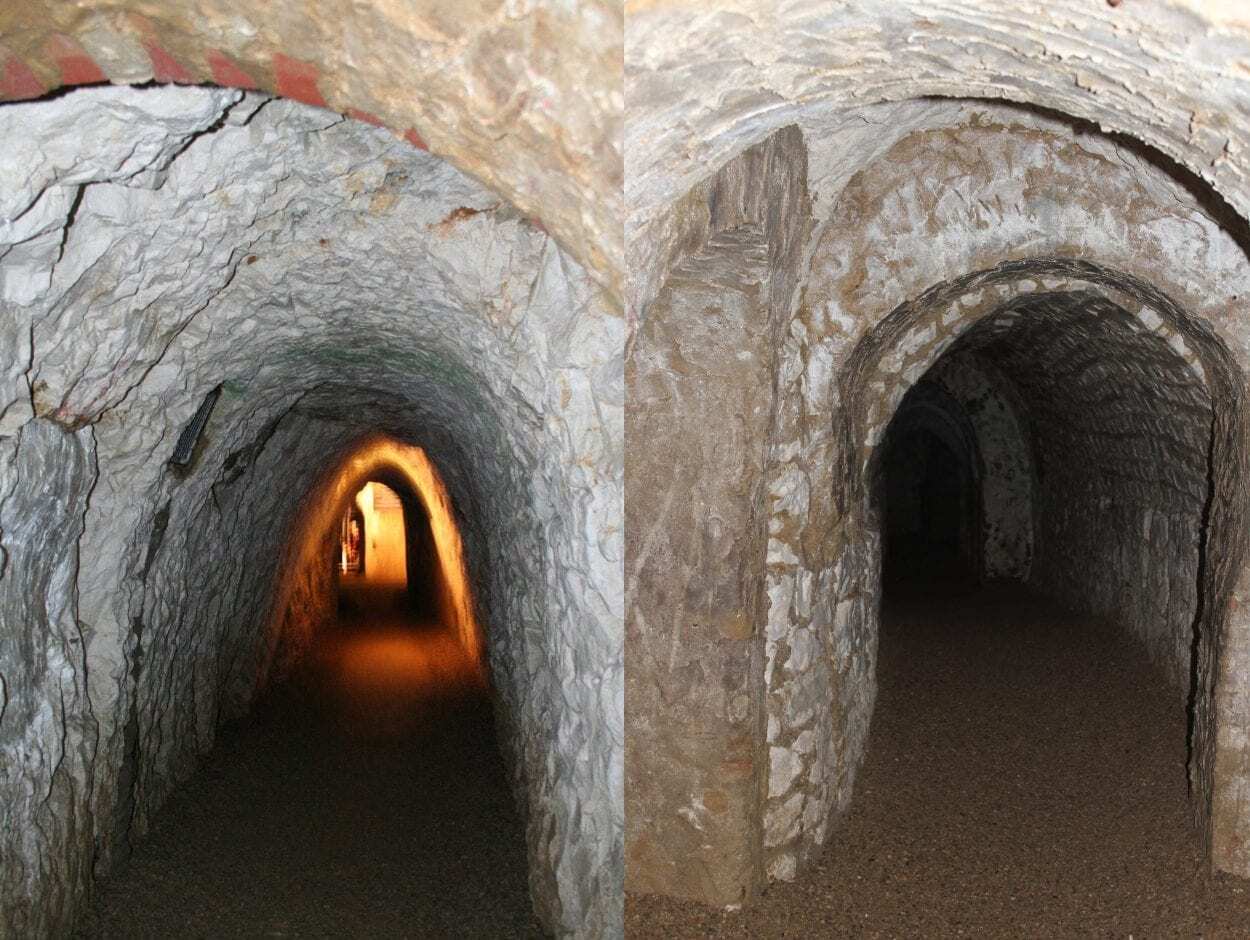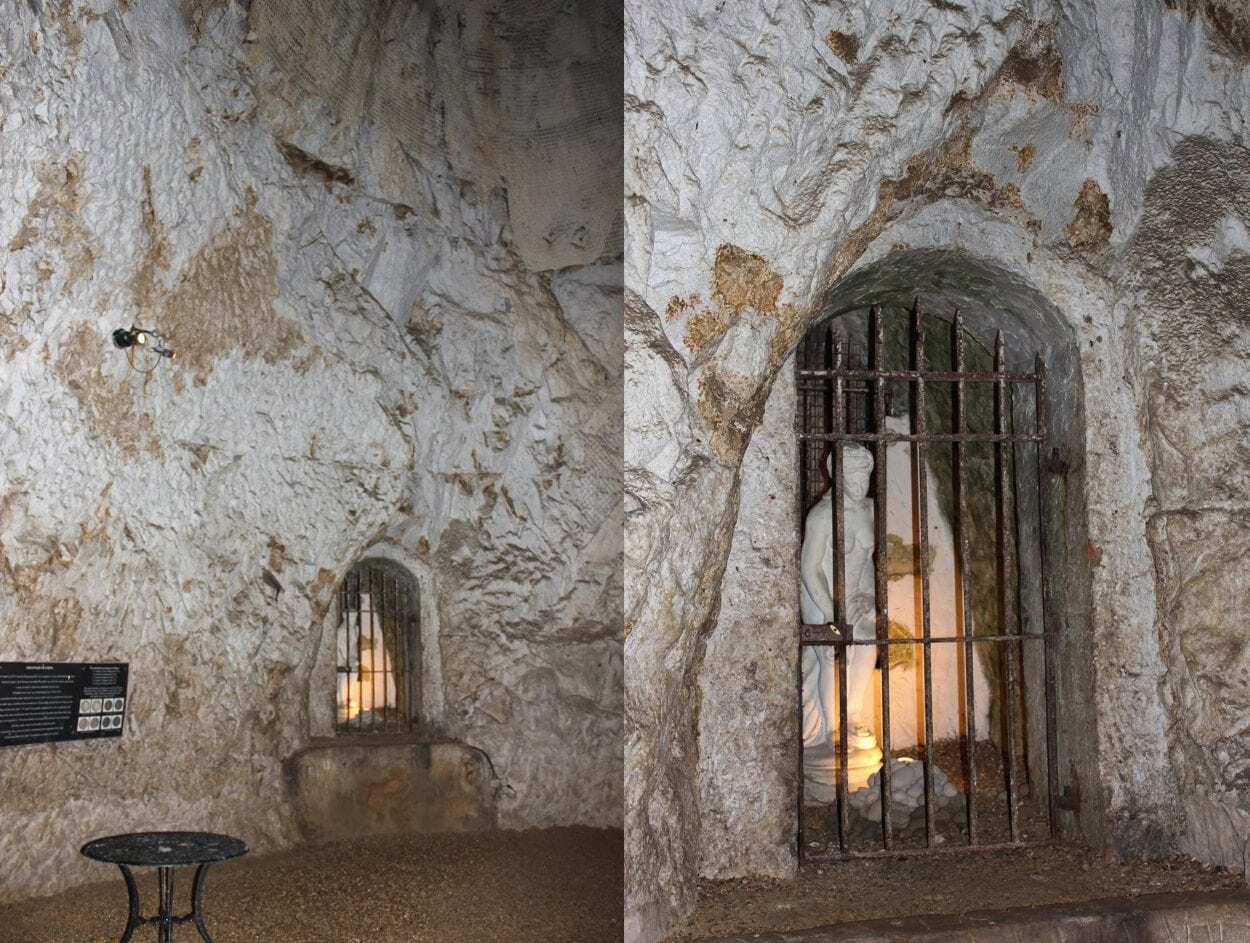26 Oct, 2020
/cloudfront-ap-southeast-2.images.arcpublishing.com/nzme/62FJJP6DL2YP23XCXBXHOE6KJM.jpg)
By: Monika Scislowska
Women's rights activists and many thousands of their supporters held a fifth day of protests across Poland today, defying pandemic restrictions to express their fury at a top court ruling.
It tightens the predominantly Catholic nation's already strict abortion law.
In Warsaw, mostly young demonstrators — women and men — with drums, horns and firecrackers blocked rush-hour traffic for hours at a number of major roundabouts. Some of them took off their shirts and stood topless on top of cars. Many held banners with an obscenity calling on the right-wing Government to step down.
A protesting woman was taken to hospital with slight injuries after she and another woman were hit by a car. The other woman was not injured.
Organisers said people joined their protests in more than 150 cities in Poland, including Poznan, Lodz and Katowice. It was one of the biggest protests against the Government in recent years.
In Krakow protesters chanted "This is War!" — a slogan that demonstrators have repeated often in recent days. They also shouted obscenities against the country's traditionally respected Catholic bishops.
Protesters defied a nationwide ban on gatherings intended to halt a spike in new coronavirus infections.
They have taken to the streets each day since the Constitutional Tribunal ruled on Friday that it was unconstitutional to terminate a pregnancy due to fetal congenital defects. The ruling effectively bans almost all abortions in the country.
/cloudfront-ap-southeast-2.images.arcpublishing.com/nzme/AE4MT2Y3AVDS232T2QJKQW3XME.jpg)
The ruling has not taken effect yet, because it has not been officially published, which is a requirement of a law's validity.
The head of a doctors' group, Dr Andrzej Matyja, speaking on Radio Zet, criticised the ruling's timing during the pandemic, saying it amounted to an "irresponsible provoking of people to rallies" where social distancing cannot be maintained.
Poland's conservative leaders have also come under criticism from professors at Krakow's reputed Jagiellonian University who said that announcing such a ruling during a pandemic was an "extreme proof of a lack of responsibility for people's lives."
In a letter to Prime Minister Mateusz Morawiecki and to President Andrzej Duda, who is infected with the coronavirus, the professors appealed for a "way out of the situation ... to be urgently found."
Many gynecologists have also criticised the ruling. Dr Maciej Jedrzejko said the ban will result in a rise in the number of dangerous, illegal abortions, arguing that sex education and access to contraceptives are the best ways to limit abortions.
The ruling by the government-controlled court overturned a provision of the 1993 law forged by the country's political authorities and church leaders after the fall of communism. That law permitted abortion in only limited cases, becoming one of Europe's strictest abortion regulations.
When the ruling takes effect, the only permitted abortions will be if a pregnancy threatens the woman's health or is the result of rape or incest.
- AP
Activists have vowed to continue their fight against a ruling that amounts to a near-total ban on abortion. Pregnancies that endanger a woman's life and those caused by rape or incest are now the only legal avenues.
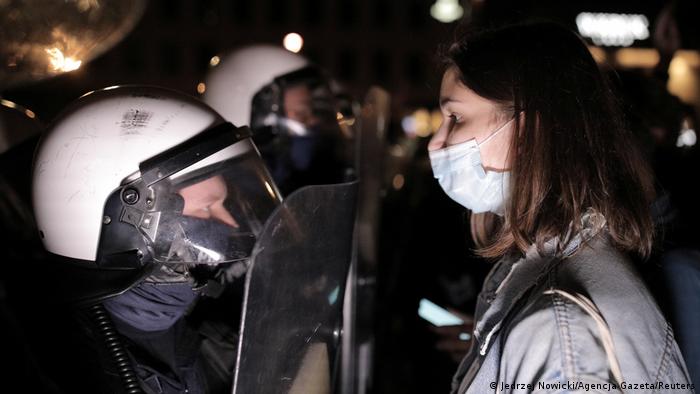
Tens of thousands of protesters across almost 50 Polish cities blocked city streets in cars, on bicycles and on foot on Monday on the fifth day of demonstrations against a a supreme court decision to tighten an already strict abortion law in the predominantly Catholic country.
Carrying banners reading "Enough," "hell for women" and "I want choice, not terror", people gathered across the country in defiance of coronavirus restrictions.
"I will be here until the end," Piotr Wybanski, a 31-year-old protester in the capital Warsaw, told Reuters. "I don't care if it means a week, a month, three months or three years. I will protest here day after day."
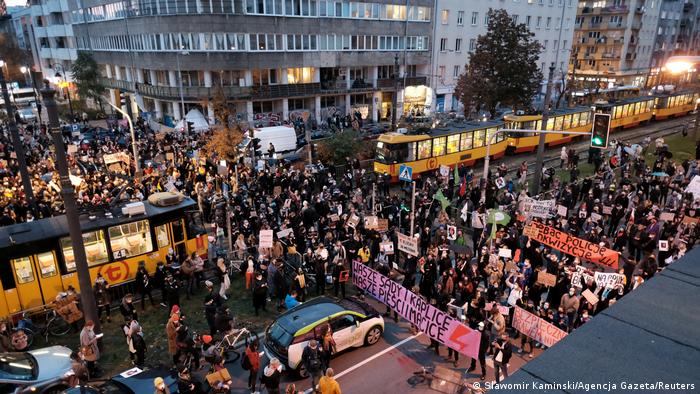
Protests began last Thursday when the Constitutional Tribunal banned abortions related to fetal defects
Women’s rights activists in Poland said they would not back down and that more protests were planned for the week.
Marta Lempart, head of the Women's Strike group, said there would be a strike on Wednesday and a protest march on Friday in Warsaw — the seat of the government, the constitutional court and the headquarters of the ruling right-wing Law and Justice party that brought the case to court.
Protests erupted last Thursday when Poland’s Constitutional Tribunal banned abortions related to fetal congenital defects.
The court ruled that an existing law allowing the termination of malformed fetuses was "incompatible" with the constitution.
The ruling ended the most common of the few remaining legal grounds for abortion in the predominantly Catholic country. Abortion is now only permitted in cases where the mother's life is at risk or if the pregnancy was caused by rape or incest.
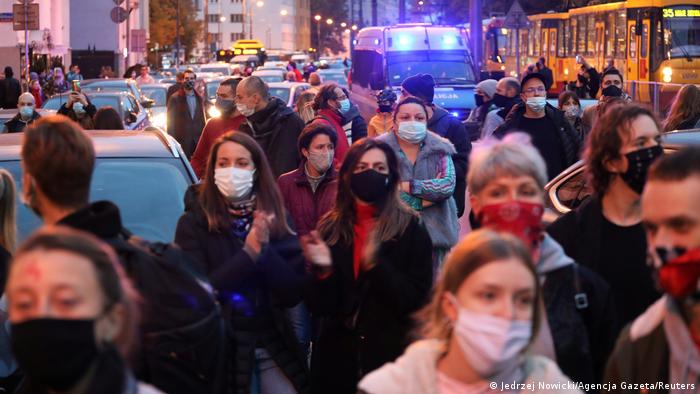
Tens of thousands of protesters across almost 50 Polish cities blocked city streets in cars, on bicycles and on foot
Read more: Opinion: Abortion ruling is a nightmare for Polish women
Protesters target churches
Protesters defied Poland’s "red zone" ban on gatherings aimed at preventing further outbreak of the coronavirus, though many did wear facemasks.
On Sunday, thousands of activists disrupted church services across the country, chanting and spraying slogans on walls to protest the ban. Angry crowds carried posters depicting a crucified pregnant woman and gave out protest cards to priests.
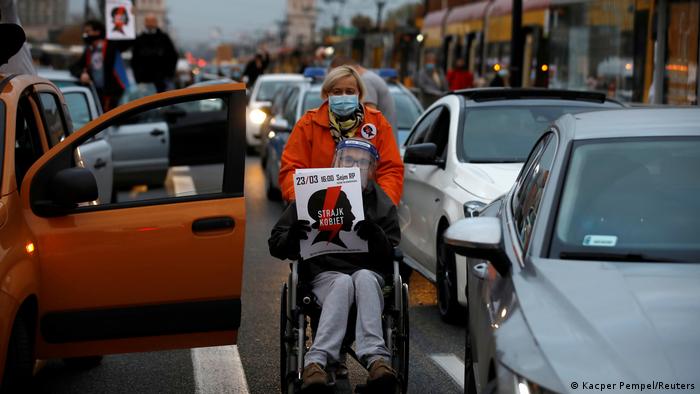
Poland's ruling amounts to a near-total ban on abortion
Andrzej Matyja, the leader of a doctor's group, denounced the ruling’s timing during the pandemic. Matyja told local station Radio Zet that the move has resulted in an "irresponsible provoking of people to rallies'' where physical distancing cannot be upheld.
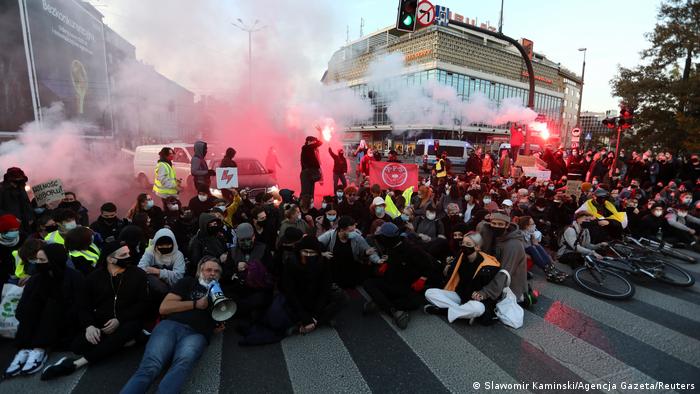
Activists said they would not back down and that more protests were planned for the week
EU slams ruling
According to health ministry figures, 1,110 legal abortions were carried out in Poland in 2019, mostly due to fetal defects.
Poland already has some of the European Union’s most stringent restrictions on abortion.
Polish opposition parties, the EU's human rights commissioner as well as international human rights organizations have also condemned the court's decision as violating women's rights.
/cloudfront-ap-southeast-2.images.arcpublishing.com/nzme/XH4Q4NUS6A6SNV2ZES3HTOX3VE.png)
/cloudfront-ap-southeast-2.images.arcpublishing.com/nzme/NUT4OF7X6H3FD7DJPWL2Y6RTI4.jpg)
/cloudfront-ap-southeast-2.images.arcpublishing.com/nzme/YN2JEGCYXKXEL5TW4ZTL3W4YFE.jpg)
/cloudfront-ap-southeast-2.images.arcpublishing.com/nzme/XPKOCALRG55N4WAIHD4T3RKJP4.jpg)
/cloudfront-ap-southeast-2.images.arcpublishing.com/nzme/HTHTVRVESCFNZDVLYA5QOI5JMA.jpg)
